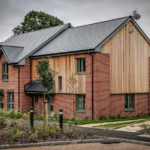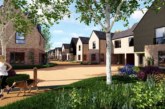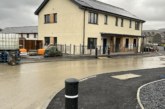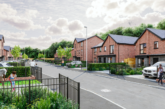Hastoe Housing Association has long understood the need to address the climate emergency and has been at the forefront of sustainable solutions for its new-build homes for nearly two decades. As early adopters of the Eco-Homes Standard, proud proponents of the higher levels of Code for Sustainable Homes, and of course developing the first rural Passivhaus affordable housing in the country, we have clearly demonstrated our commitment to climate and sustainability issues, says Chris Parsons, Hastoe Board Member.
It feels as if the climate message is better understood now than at any time in the past. Over 300 UK local authorities have declared a climate emergency and more than half of these have set a zero emissions target of 2030 or earlier(1), outstripping even the Government’s ambitious target of 2050. Their recent consultations on the Future Homes Standard received unprecedented responses from architects, engineers and other professionals all calling for greater ambition and higher standards, and the forthcoming regulatory changes are the better for it.
The need to reduce greenhouse gas (GHG) emissions has never been greater and naturally much of the legislation and drive is centred on this (often using ‘carbon’ as a shorthand). Whilst a rapidly decarbonising grid is undoubtedly good news, there is a danger that this will hide, even deflect away from, demand reduction. There was a time when it was believed we could generate electricity so cheaply that we would not need to meter it, which in turn devalued energy efficiency. And the same risk is true today in GHG terms.
In addition, as we move towards heating our homes and fuelling our cars with electricity, questions emerge as to whether we can generate enough to cope with the sort of peak loads this change will generate. And of course, reducing GHGs does not necessarily lower the cost of heating our homes and could risk increasing it.
Demand reduction, or using less energy, whilst still delivering warmth and comfort has to be considered within our energy policy if we are to avoid these problems. And the benefit of doing so is the ability to consign fuel poverty to history whilst delivering better housing, better health outcomes and warm comfortable homes as a birthright. And the easiest place to start is right now on our new homes.
Housing associations are perhaps best placed to take this agenda forward. We have a long-term interest both in the welfare of our customers and in the value of our properties. There is little point in building homes today that will need to be retrofitted with energy saving measures during their lifetime. We know how to do it; all we need is a regulatory framework for industry to work within.
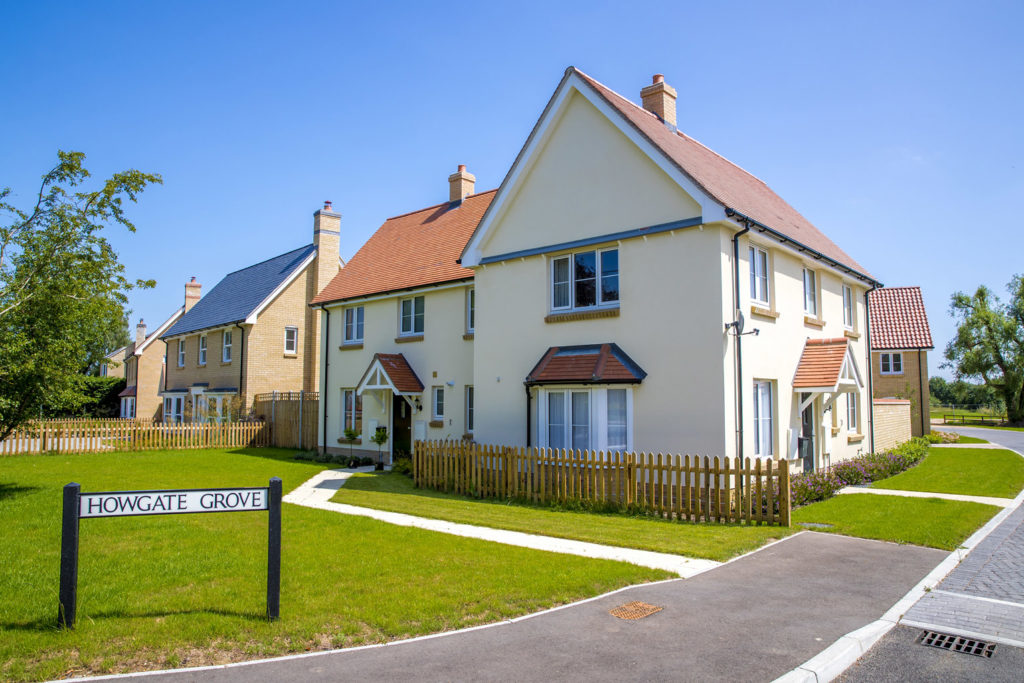
Introducing a new standard
At Hastoe we are starting this journey through our own New-Build Standard, launched in April, which addresses design, space standards, reduced water consumption and future proofing among a comprehensive range of elements. However perhaps the biggest step is in
seeking much better energy efficiency for our new-build homes. We are specifying a much higher level of fabric energy efficiency than the proposed 2022 regulations. In early studies of our Standard against these regulations we are proposing a fabric energy efficiency (FEE) some 20% better than the regulations, and this is delivering an almost 60% improvement on the carbon reduction standards as measured by SAP.
We are stepping away from gas boilers earlier than required and developing our supply chain to provide efficient Air Source Heat Pumps as a source of heating and hot water. We recognise the need to improve mechanical design to ensure heat pumps are installed and used efficiently and are properly matched to the heat loss of our buildings. In particular there is likely to be a need for smaller heat pumps as we develop more efficient fabric and bettercontrolled ventilation, and a regulatory framework that encourages manufacturers to develop these would be helpful.
The Hastoe New-Build Standard’s approach to fabric efficiency extends to considering occupant comfort and we are specifying low U-value triple-glazed windows for all our new properties. Our experience has shown that thermal comfort is improved when all the elements work together to eliminate cold spots and thermal bridges, providing more comfortable, useable homes as a consequence.
Addressing the performance gap
One of the big issues in UK construction is the performance gap. Whilst we all design to achieve a given energy performance, and this design can be checked, the actual construction on site can sometimes fall short of the designed parameters. Of course this is not just true of energy matters, as we have all seen over the last few years. Hastoe will be ensuring that the inspection, certifying, and commissioning regime is increased to ensure we are getting ‘what it says on the tin’.
Addressing water consumption is also important to us and our Standard introduces a lower usage standard than the proposed Building Regulations. We have adopted the Nationally Described Space Standards as our minimum spatial requirement and we also ask for electric car charging points for all our new homes where possible, along with high-speed broadband.
Adaptability and accessibility are also very important, especially within our sector, so our Standard requires all of our new homes to be constructed to the accessible standard (M4(2)) of the Building Regulations, with principle private entrances also achieving the M4(3) standard.
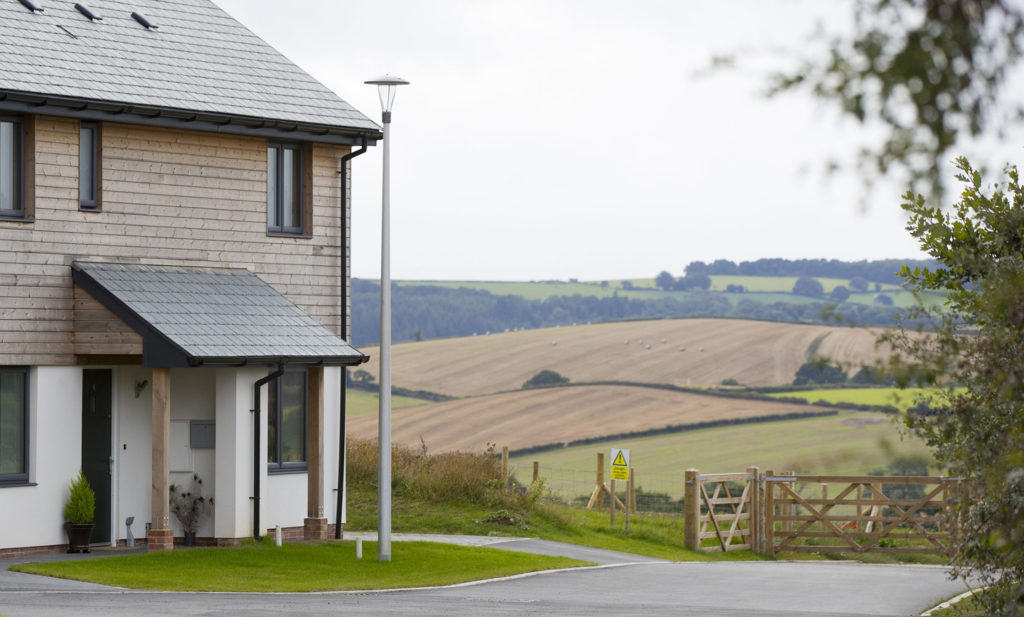
New design guidance
Of course, all new developments need to have respect for the environment and as rural specialists this is probably more important to us than most. In this regard, the New-Build Standard is just a part of a wider re-evaluation of our approach to new developments.
Influenced by the Build Better, Build Beautiful campaign we have worked hard to produce new Design Guidance (launching in June) for our architects and consultants outlining what is important to us as a rural housing specialist. The process of designing for context, considering the environmental impact, connectivity, landscaping and the natural environment is all now enshrined in our procedures for new developments.
Hastoe believe that this New-Build Standard represents a good first step on the road to ‘Zero-Carbon Ready’ homes but more importantly it also addresses demand reduction in pursuit of building better quality, more efficient, more comfortable and healthier homes that are fit for the future.
1. Climateemergency.uk
You can watch Hastoe’s film about the New-Build Standard here: https://www.youtube.com/watch?v=aHZclIAmn8w
Header image shows Hastoe’s Sharnbrook development in Bedfordshire.

